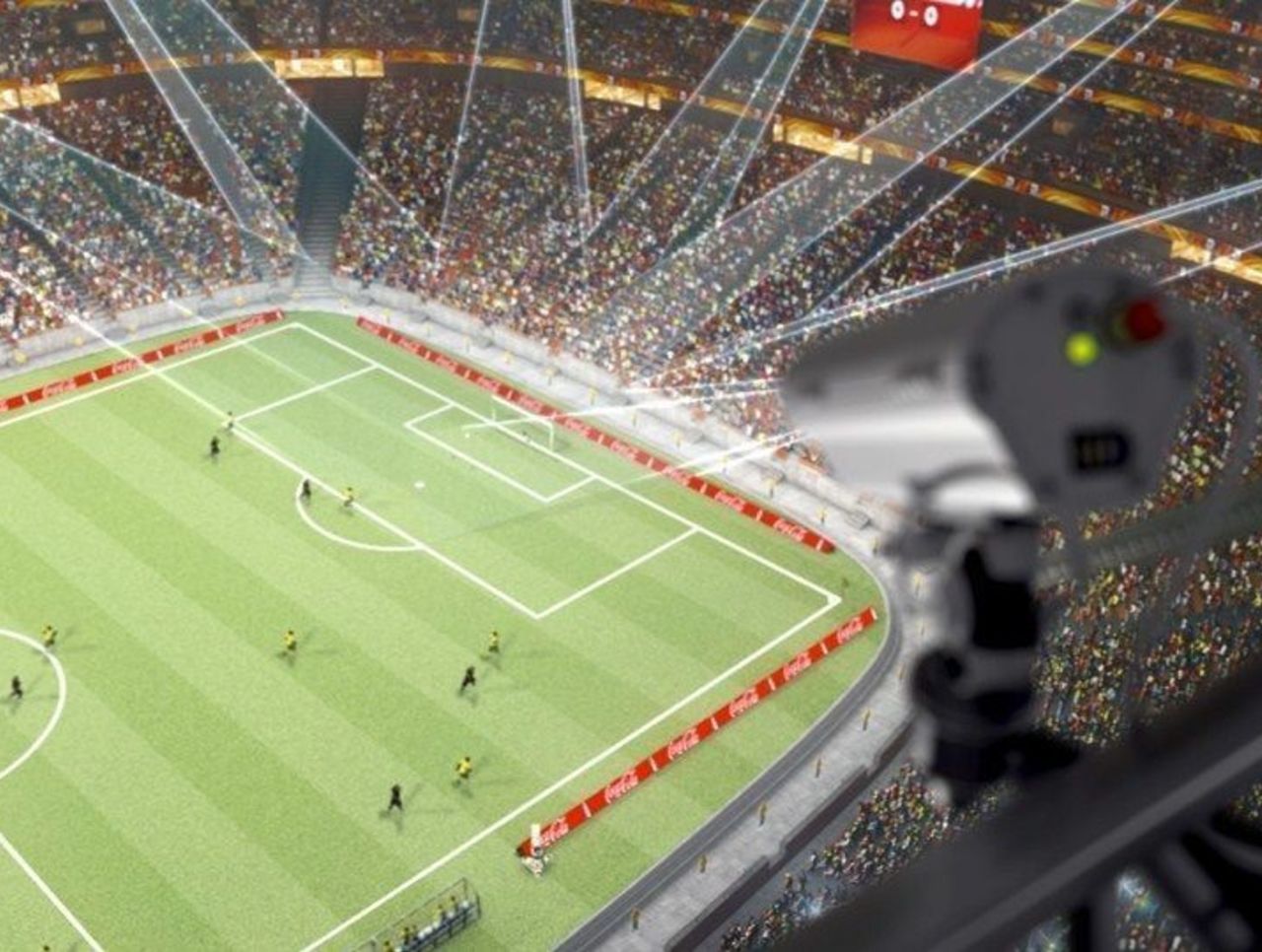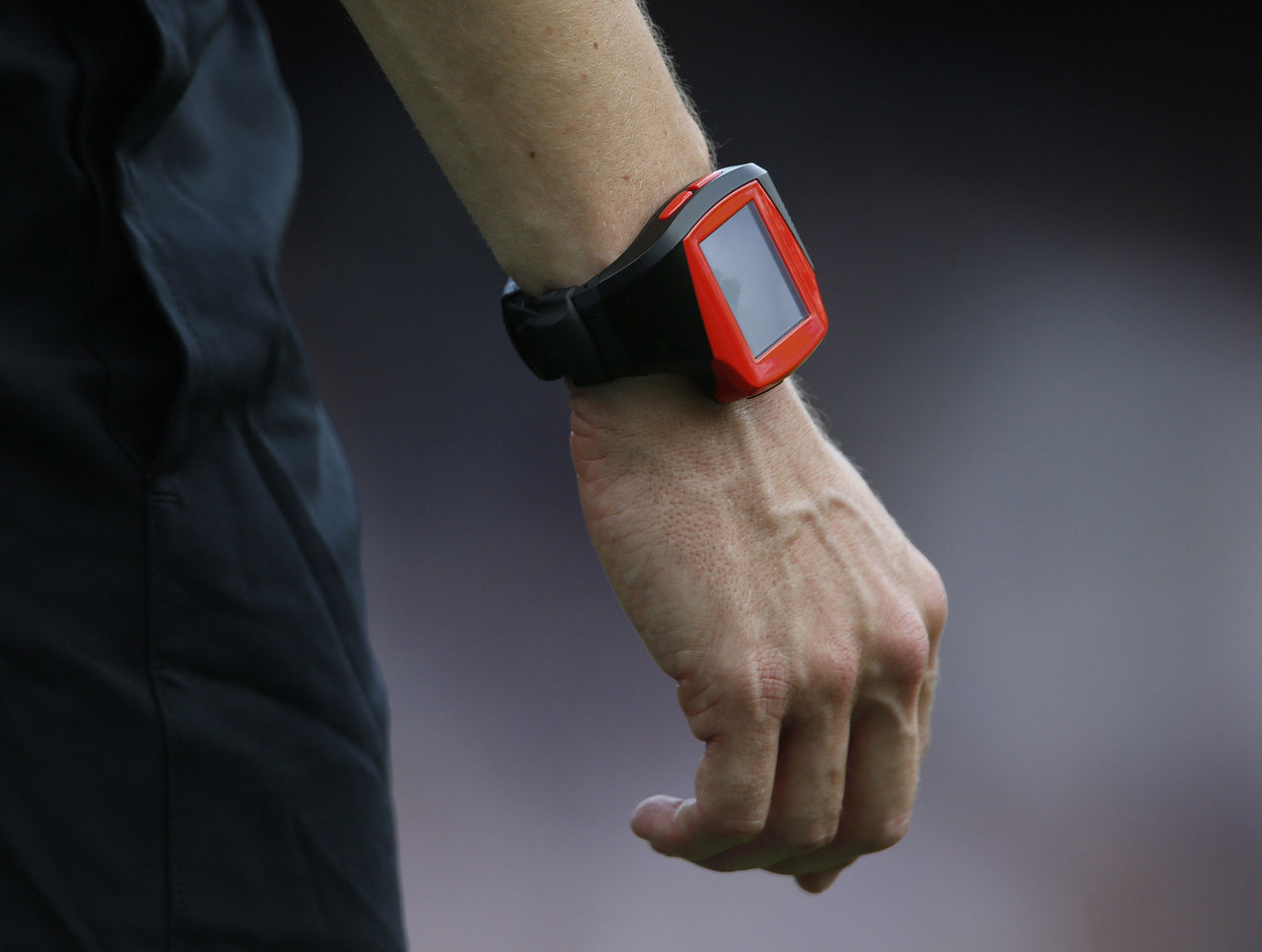How goal-line technology could change everything at this year's World Cup
Everyone saw it but the referee.
After spotting hard-charging Germany a 2-0 lead half an hour into their Round of 16 match at South Africa 2010, England clawed back with two goals in the span of a minute before halftime.
At least, they were two goals in the eyes of the Bloemfontein crowd and the worldwide television audience. Only one was a good goal in the eyes of the match officials. Frank Lampard's would-be equalizer was disallowed despite clearly careening off the underside of the bar and across the line (by a yard).
Germany went on to eliminate England, and the unforgivable missed call was replayed ad nauseam. Ultimately, the embarrassment served as a turning point for the sport's administrators, leading FIFA president Sepp Blatter to alter course and embrace goal-line technology after years of resistance.
Brazil 2014 will mark the debut of the technology at the World Cup, but the system of augmented officiating isn't brand new to FIFA. A different version of the technology slated for use in Brazil made its debut at the 2012 FIFA Club World Cup in Japan, and the current system was successfully implemented at the 2013 FIFA Confederations Cup.
So, how does it all work?
German company GoalControl developed the system that FIFA chose for Brazil. Each stadium will feature 14 high-speed cameras (seven at each end of the pitch) mounted around the stadium's catwalk and pointed at each goal. These cameras capture three-dimensional images and, via a connected image processing computer system, are capable of tracking the three-dimensional position of the ball (both on the pitch and in the air) down to a few millimeters.

[Courtesy: FIFA]
When the ball crosses the goal line, the cameras recognize it immediately and trigger a computer system to send an encrypted wireless message to a special wristwatch worn by the referee. Within one second of the ball crossing the line, the referee can look down and read "GOAL" on his watch. The watch also vibrates after goals, prompting the referee to stop play if what he saw with his eyes didn't lead him to do so.

[Courtesy: Action Images]
FIFA insists the system worked flawlessly at the Confederations Cup, though it's worth noting that all 68 goals scored at the tournament were clearly across the line and no referee had to look to his wrist to decide whether to stop play.
Assuming there are no technological hiccups in Brazil — and, considering the system cost a reported $260,000 to install in each stadium, there better not be — non-goals like Lampard's should never again mar a match at a major tournament.
Score one for technology.
HEADLINES
- Neymar has minor knee surgery, still hopes to play in World Cup
- Messi vs. Yamal: Argentina, Spain to contest Finalissima in March
- World Cup winner's record $50M jackpot far below CWC windfall
- Netflix to launch FIFA World Cup video game
- Small number of World Cup tickets set at $60 after global fan backlash